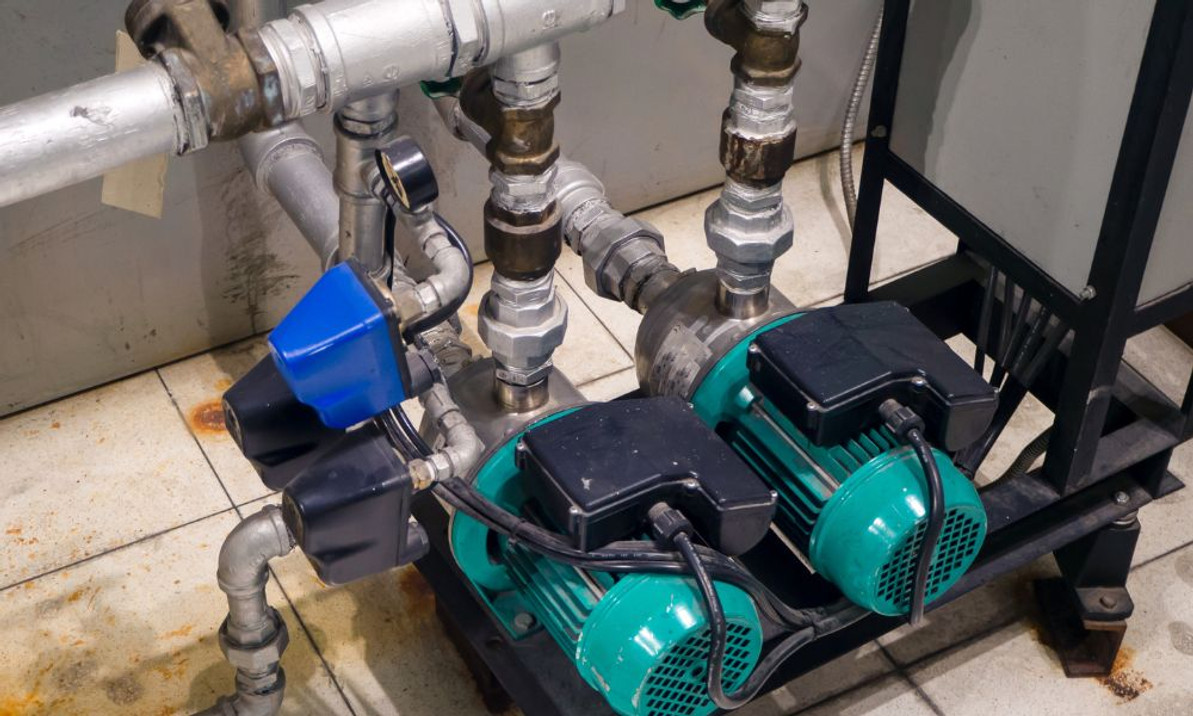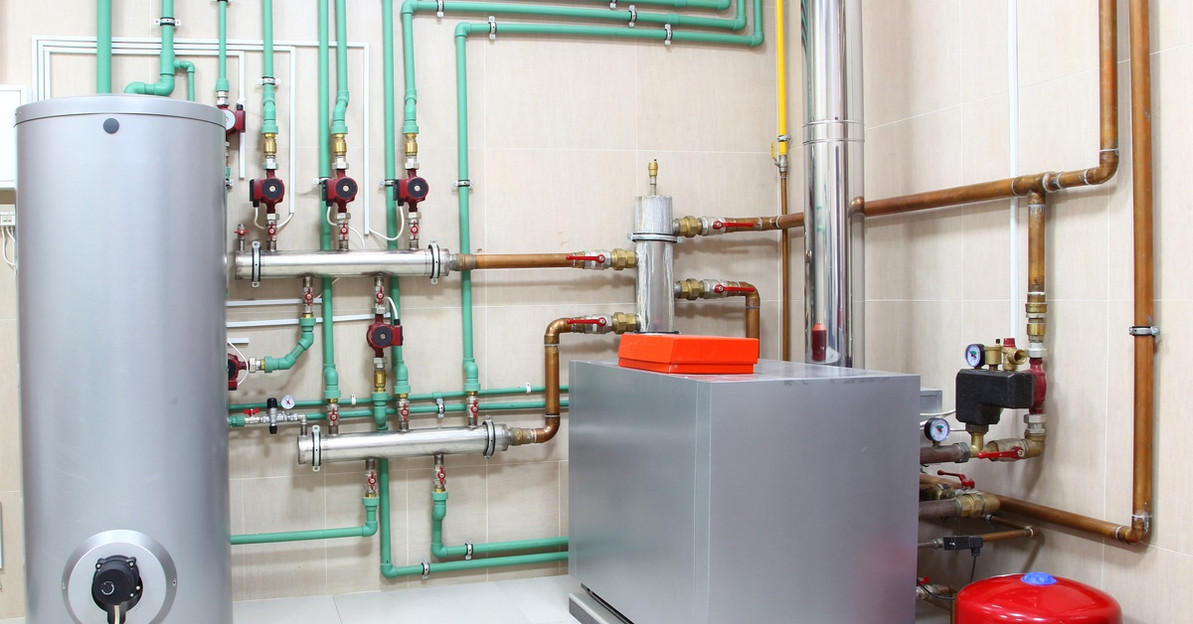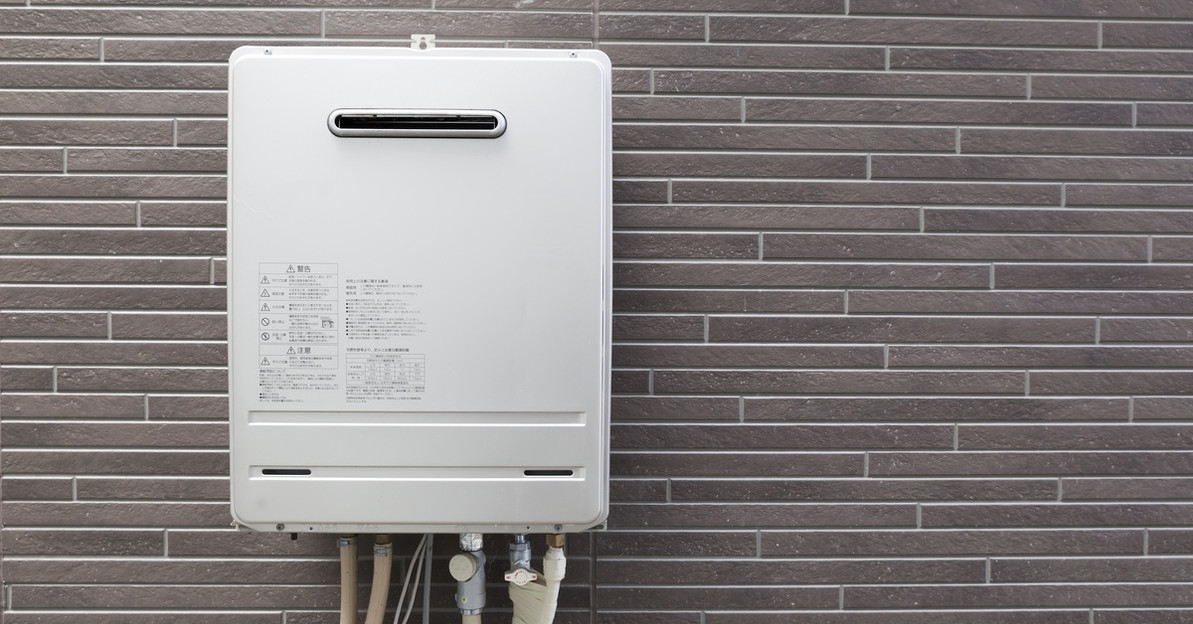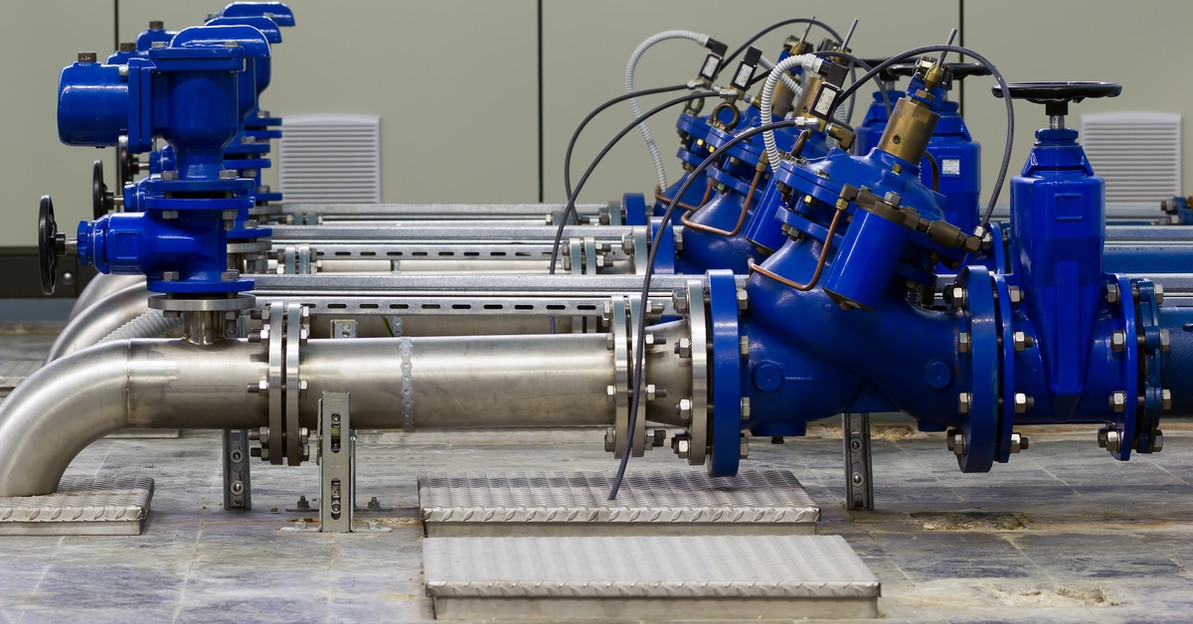The Role of Booster Pumps in Firefighting Systems
Firefighting systems play a paramount role in safeguarding lives and property from the wrath of fire. Within these systems, the booster pump is one component many overlook despite its crucial job.
Booster pumps breathe life into a firefighting operation by enhancing water pressure. Firefighters must have a powerful and consistent water supply to battle the blaze when a fire breaks out. Understanding the role of booster pumps in firefighting systems provides insight into their function and emphasizes their significance in effective fire extinguishment.
The Basics of Firefighting Systems
A firefighting system is an integral part of any building’s safety measures, whether it’s an office building or an apartment complex. This system detects, controls, and extinguishes a fire to protect both lives and property. Let’s take a closer look at its components.
Detection and Alarms
The fire detection system continually monitors the environment for signs of a fire, like smoke or heat. Once it detects a potential fire, the alarm system springs into action, alerting the building’s occupants and triggering the firefighting system into action.
Sprinklers
The sprinkler system is a network of pipes full of water under pressure, strategically installed throughout the building. Each sprinkler head has a heat-sensitive element that triggers the release of water when the surrounding temperature rises to a level indicative of a fire. This immediate response can often contain a fire and prevent it from spreading until the fire department arrives.
Standpipes
A system of standpipes delivers water to hose connections at different levels of a building. Firefighters can connect their hoses to these standpipes, providing them with a reliable source of water closer to the fire.
Booster Pumps
Firefighters need adequate water pressure to hose down the fire and put it out promptly! The booster pump system ensures they receive high-pressure water anywhere in the building. This feature is particularly important in high-rise buildings where firefighters must have access to highly pressurized water at great heights.
Fire Extinguishers
These portable devices are often the first line of defense against a fire. They contain a substance—usually water, foam, or a chemical—that firefighters can spray on a fire to quickly put it out. They typically use extinguishers for smaller fires that are easy to contain.
Types of Booster Pumps Used in Firefighting
A myriad of booster pumps exist and each caters to different building requirements and specifications. Each type has a unique role and functionality that contributes to the firefighting system’s overall effectiveness.
Single-Stage
A single-stage booster pump, as its name implies, uses a single impeller to increase the water pressure. Due to its simple design, firefighting systems typically use a single-stage booster pump where the demand for water pressure is not exceptionally high.
Multi-Stage
Once again, it’s all in the name: a multi-stage booster pump employs multiple impellers arranged in a series. Each stage boosts the water pressure further, allowing for a significantly higher final output. These pumps are ideal for high-rise buildings where they must deliver water upwards without compromising the pressure.
Submersible
These pumps offer a unique advantage: firefighters can completely submerge them in water. They draw water directly from a reservoir or tank, eliminating the need for a separate suction pipe. Submersible booster pumps are common in firefighting systems where there isn’t much space.
Variable Speed
A variable speed booster pump adjusts its speed based on demand, ensuring consistent water pressure throughout the whole firefighting system. Variable speed pumps are particularly useful in complex systems with fluctuating demands, as they can adapt to changes in real time and maintain optimal performance.
Booster Pumps and Firefighting Efficiency
Effective booster pump systems are the unsung heroes of firefighting. Without sufficient water pressure, the whole firefighting system is ineffective.
High-Rise Situations
Imagine that a fire has broken out on the top floor of a 20-story building. The fire truck arrives and firefighters connect their hoses to the building’s standpipe system. However, without a functioning booster pump, the water pressure may not be sufficient, so it won’t reach the floor where the fire is raging. Firefighters would have trouble controlling and extinguishing the fire, potentially resulting in property damage and loss of life.
On the other hand, with a robust booster pump system in place, water pressure can skyrocket—literally. This enhancement enables the water to reach even the highest floors with enough force to effectively combat the fire. In this case, firefighters can control and extinguish the fire quickly, minimizing damage and ensuring occupants’ safety.
Consistent Water Pressure
Consistency is key during a firefighting operation, as any sudden drop in water pressure could disrupt firefighters’ efforts and potentially allow the fire to spread. For instance, in a shopping mall fire, multiple sprinkler heads might need to operate simultaneously to control the fire. A booster pump guarantees that each sprinkler head receives an adequate water supply at the correct pressure, allowing it to function effectively.
The Future of Booster Pump Technology
Advancements in plumbing technology, including booster pumps, present an exciting frontier for the future of firefighting.
Smart Pumps
Internet of Things (IoT) technology is spreading to a variety of industries, including plumbing! Smart booster pumps that use this tech can transform the management and maintenance of firefighting systems.
These pumps can transmit real-time data about their status and performance to a centralized system. This feature facilitates remote monitoring, early detection of potential issues, and prompt maintenance, enhancing the firefighting system’s overall reliability.
Advancements in Material Science
The construction of the booster pumps themselves is continuously improving. The use of corrosion-resistant materials enhances the pumps’ longevity, reducing the need for frequent replacements and lowering maintenance costs. Moreover, improvements in pump design result in increased energy efficiency, which reduces the environmental impact and operational costs of firefighting systems.
Scalability
The trend toward modular and scalable booster pump systems offers exciting possibilities for the future. Firefighters can easily expand or reconfigure these systems to meet changing needs. For instance, you can incorporate additional pump modules without having to overhaul the entire system if you add a new floor to your building.
As you explore the world of booster pumps and their role in firefighting systems, understand not only their present importance but their potential for advancement. Evolving technology will redefine their undeniable contribution to firefighting systems. A system where every component, from the humblest valve to the most sophisticated pump, works in harmony to protect lives and property.
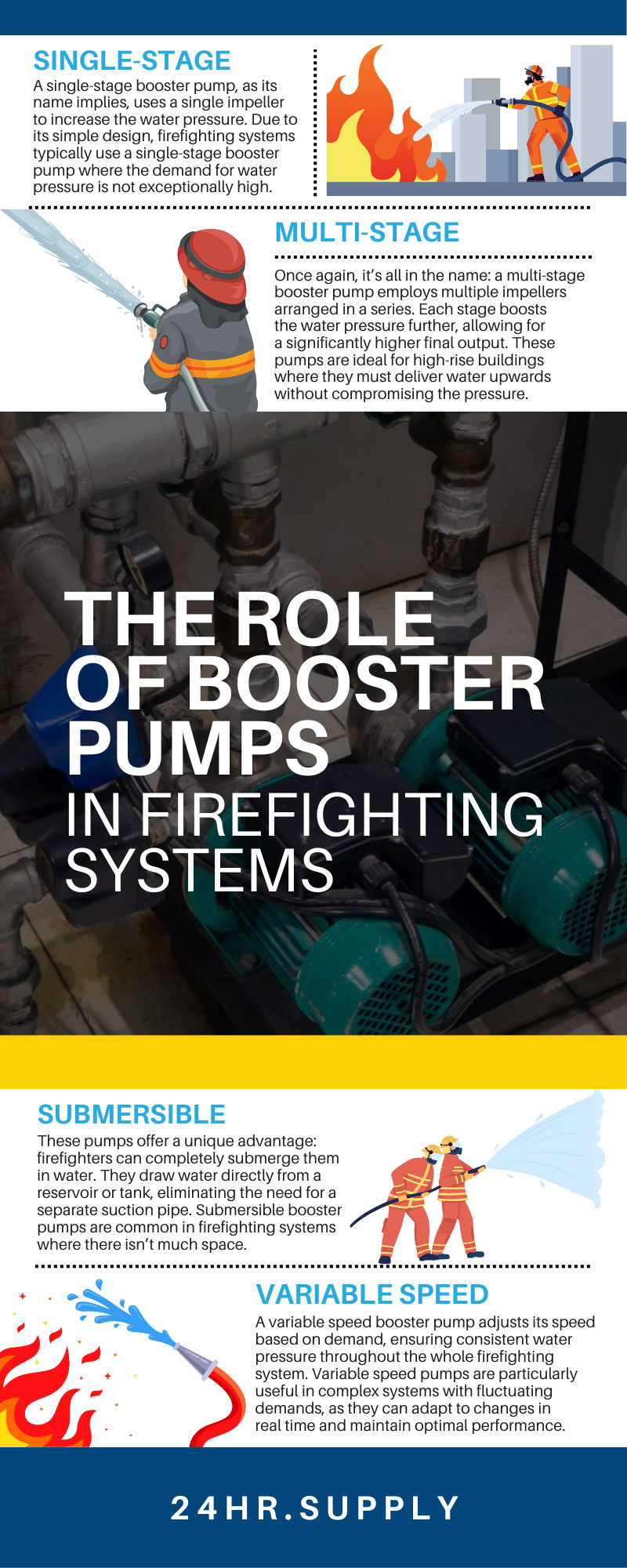
Recent Posts
-
A Guide to Implementing Indirect Water Heating With Boilers
Choosing the right water heating method for your home or business significantly impacts energy effic …Dec 9th 2025 -
How Tankless Water Heaters Can Benefit Commercial Kitchens
A commercial kitchen operates at a fast pace and maintains very high performance standards. Every pi …Dec 3rd 2025 -
Noise Reduction Strategies for Urban Booster Pump Installs
In densely populated urban areas, every sound matters. The constant hum of traffic, construction, an …Dec 2nd 2025


